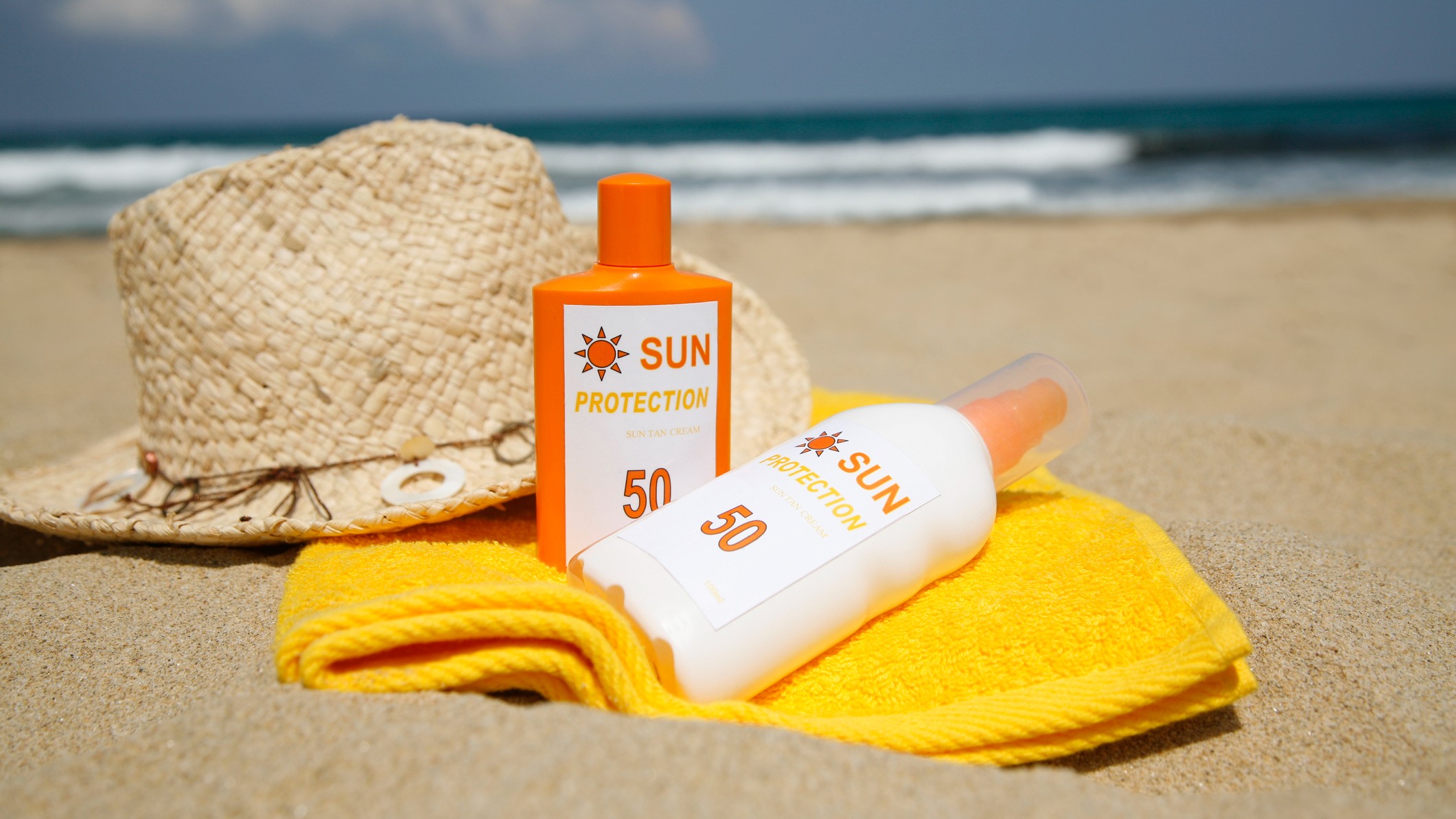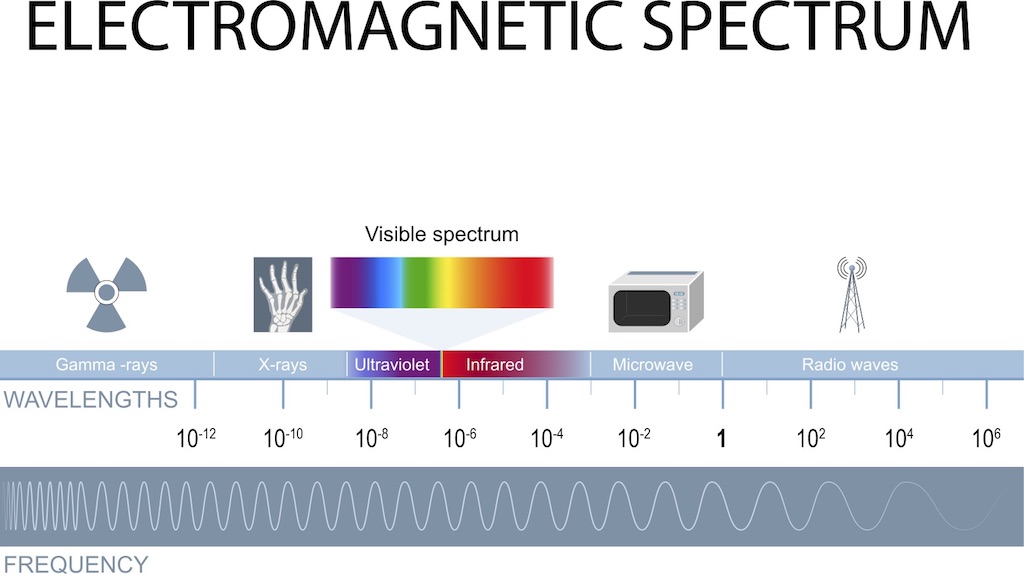
Sunscreen is a skincare essential all year round. Regularly using sunscreen is one of the best ways to avoid sunburn, reduce the risk of skin cancer and prevent premature aging of the skin, according to the Skin Cancer Foundation (SCF). Yet, with so many different products available on the market, it's easy to be confused by the terminology on sunscreen labels and common to feel unsure about which option is best suited for each individual.
Many U.S. adults could be struggling to decode sunscreen labels, according to a small survey published in 2015 in the journal JAMA Dermatology. The researchers interviewed 114 participants and found that only 43% of them understood the definition of "SPF value," while only 22.8% of participants correctly identified the terminology that indicated how well the sunscreen protected against sunburn.
To help you avoid similar confusion, here is a complete guide to understanding sunscreen labels.
Related: Is expired sunscreen better than no sunscreen?
What is water-resistant sunscreen?
Taking a dip in the pool or swimming in the ocean are among the great joys of summer. However, that cooling water washes sunscreen off the skin. No sunscreens are completely "waterproof," and labeling them as such is misleading, according to the Food and Drug Administration (FDA).
Under current FDA regulations, sunscreens that may have once been labeled water- or sweat-proof are now labeled as either 40- or 80-minute "water-resistant" products, meaning they remain effective for up to 40 minutes or 80 minutes when a person is swimming or sweating. The reason behind this change is that these products only protect skin from the sun for a limited period of time once a person is exposed to water or sweat, Dr. Adam Friedman, director of dermatologic research at Montefiore Medical Center in New York, told Live Science.
"Choose an 80-minute water-resistant sunscreen, and reapply after getting out of the pool, ocean or even toweling off from a good workout," Friedman said.
What is broad-spectrum sunscreen?

Sunburn is damage to the skin's outermost layers caused by ultraviolet rays: ultraviolet A (UVA) and ultraviolet B (UVB). These are types of light that fall between visible light and X-rays on the electromagnetic spectrum, and both types of radiation can be harmful.
UVB rays can lead to redness of the skin and sunburn, while UVA rays can penetrate deeper into the skin and accelerate the skin's aging process. Both types of skin damage increase the risk of skin cancer. The "broad-spectrum" label indicates that a sunscreen protects from both UVA and UVB rays, Dr. Paul Banwell, a cosmetic surgeon and founder of The Melanoma and Skin Cancer Unit (MASCU) in East Grinstead, England, told Live Science by email.
What is SPF?
The sun protection factor (SPF) shows the degree of sunburn protection offered by a product. Note that this measure is only for UVB rays, and there is no specific rating for UVA rays, according to the FDA. (Again, a sunscreen's "broad-spectrum" label is what confirms that it protects against both UVA and UVB.)
The SPF value indicates the amount of UVB radiation exposure it takes to cause sunburn when using a sunscreen compared with how much UVB exposure it takes to cause sunburn without any skin protection.
"So if you wear SPF 50, you can expect it to take 50 times longer to burn than if you were not wearing anything. An SPF 15 offers protection from 93 percent of UVB rays, whereas SPF 50 offers 98 percent protection of UVB rays," Banwell said in an email. Sunscreens with high SPF ratings block slightly more UVB rays than those with low ratings, but none offer 100% protection, he said. In addition, it's important to note that a higher SPF does not mean that the product can be reapplied less often, he added.
Under current FDA regulations, products that have an SPF 2 to SPF 14, or that are not broad-spectrum must carry a warning label, stating that they've been shown to help prevent sunburn but not to protect skin against skin cancer or premature aging.
To achieve the best protection possible, "generously apply" about a shot glass' worth of broad-spectrum sunscreen over the whole body, covering all the exposed skin; that sunscreen should have an SPF of at least 30 to 50, Friedman advised. Do this about 15 to 20 minutes before sun exposure and every two hours thereafter, he said.
What's the difference between a chemical sunscreen and mineral sunscreen?

There are two main types of sunscreen available on the market: Chemical sunscreens and mineral sunscreens. Chemical sunscreens, also known as organic or synthetic sunscreens, work by absorbing UV rays and converting them into heat that can then be released from the skin. Physical sunscreens, also known as inorganic or mineral sunscreens, or "sunblocks," work by sitting on top of the skin to form a shield. Physical sunscreens effectively scatter and reflect damaging UV rays away from the skin, Banwell said.
Mineral and chemical sunscreens offer similar levels of protection from UV rays, but they differ in terms of their consistency and ease of application.
"Mineral sunscreens leave a white cast on the skin, makes the SPF thick in consistency and can be hard to rub in," Banwell said. "Chemical sunscreens are easier to rub in and often feel nicer on the skin." Chemical sunscreens take 20 to 30 minutes to absorb into the skin, whereas mineral sunscreens offer immediate protection but need to be applied more frequently, as they can rub, sweat or rinse off relatively easily, especially if a person is doing sports, Banwell said.
Mineral and chemical sunscreens contain different types of active ingredients. Mineral sunscreens use zinc oxide, titanium dioxide or both compounds to block the sun's rays and are free of potentially harmful chemicals, such as parabens and phthalates. Compared with chemical sunscreens, mineral sunscreens are less likely to aggravate eczema and other inflammatory skin conditions and are generally very skin-friendly, Banwell said. That's because they don't convert UV to heat, like chemical sunscreens do.
Mineral sunscreens may also be better for the environment. Because they are made from minerals, they tend to dissolve more easily in the water than chemical sunscreens do, and as such, they may be less harmful for marine life, according to a 2022 review published in the journal Oceans. For this reason, places like Hawaii have banned specific ingredients in chemical sunscreens — including oxybenzone and octinoxate — that may pose a threat to corals. However, the real-world impact of such chemicals on marine life is not fully understood and still being studied.
It's been suggested that certain ingredients in chemical UV filters may also pose potential health risks to humans. Oxybenzone, for example, is recognized as safe for use in topical cosmetics, but some studies have found that this chemical can sometimes trigger allergic reactions, according to a 2018 review published in the Journal of Cosmetic Dermatology. Avobenzone, a UVA filter used in chemical sunscreens, may contribute to weight gain by changing how cells metabolize fats, scientists reported in a 2019 study published in the journal Archives of Toxicology. However, this study was conducted only in cells in lab dishes, not in animals or people, so it's unclear what real-world effects avobenzone might have on human health.
Much more research is needed to fully understand the extent of health risks linked to chemical sunscreen use. And crucially, "using any sunscreen is better than not using sunscreen at all," the American Academy of Pediatrics (AAP) advises.
This article is for informational purposes only and is not meant to offer medical advice.







